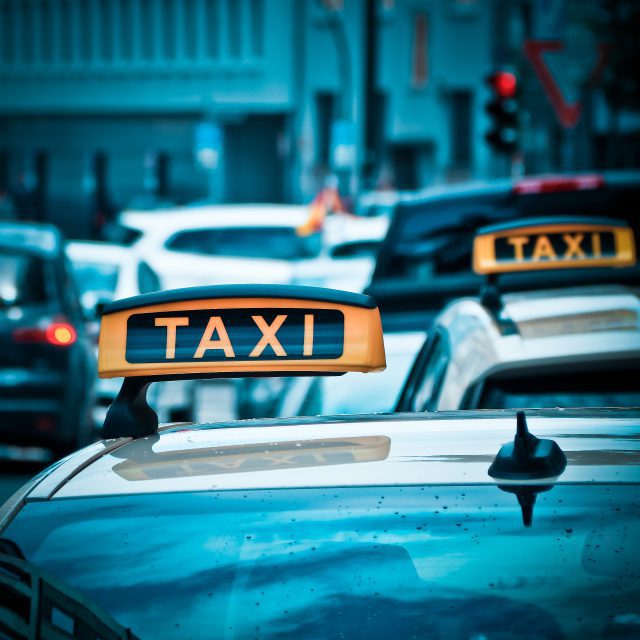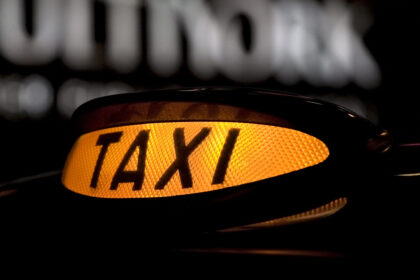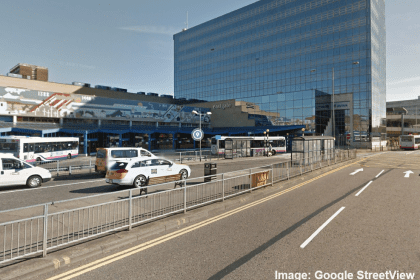As Covid restrictions are lifted, demand for taxis is soaring, but the pandemic has led to a shortage of licensed taxi drivers back on our streets.
And it is not because drivers don’t want to get behind the wheel again. While some may have opted for different career paths, for many, backlogs mean licences and applications are taking longer to process, and fewer taxis means customers are waiting longer for a cab.
As demand continues to soar, this is an ideal time to become a taxi driver. Whether it is running a black cab or private hire vehicle, there are plenty of opportunities and incentives to get behind the wheel.
Apart from a good salary, if you enjoy driving, are sociable and like chatting to people from all walks of life, driving a taxi could be the perfect job.
As well as ferrying around tourists and visitors to towns and cities and showing them the sites, taxis provide a vital service across the country, whether it is helping people get to work and education, visiting loved ones, attending hospital and GP appointments, as well as the supermarket shop.
And as more people are returning to air travel, we are seeing an increase in the number of airport runs as people are desperate for a change of scenery.
For many isolated and vulnerable groups, such as the elderly, taxis also provide a lifeline which enables them to carry on living independently. We have all seen drivers helping frail passengers with their supermarket shopping and the shortage of drivers is affecting all aspects of our communities.
Minicab driver numbers alone are down by more than half, with the Licensed Private Hire Car Association reporting 160,000 fewer members than its 300,000 total pre- March, 2020.
There has also been a dramatic fall in the number of drivers taking the famous Knowledge test in London, with just 221 applying last year – down almost 95 per cent from 3,484 in 2011/12.
The comprehensive test requires drivers to memorise 25,000 of the capital’s streets and 100,000 landmarks within a six-mile radius of Charing Cross in a process that can take up to four years to successfully complete.
There are two levels of The Knowledge – yellow and green. Those with a green badge can ply their trade across the capital while those with yellow badges can apply to operate in a sector of London’s suburbs.
It has become the holy grail for many of the capital’s drivers as they demonstrate they can get passengers to their destinations via the shortest and quickest routes.
And having such a comprehensive knowledge of the capital’s streets means they are not relying on technology to get around.
It would be a tragedy for this world-famous institution – which has helped drivers navigate the intricate maze of streets since 1865 – to die out, both for passengers and the high standards of the industry.
Whether drivers want to ply their trade in London or any other town or city, they must be licensed by their local council, which includes criminal record and medical checks.
To get started as a taxi driver, whether they drive a black cab or private hire taxi, drivers usually need to have their own vehicle, which they will need to maintain and insure.
As well as ensuring their taxi is clean and presentable at all times to provide the best standards and service to passengers, drivers must have the necessary taxi insurance to cover themselves and their passengers in the event that something goes wrong. It is also important to stick to the terms of that insurance, whether it is private hire insurance or public hire insurance, so that there are no issues in the event of a claim.
Drivers will also need to have held a full UK or EU driving licence for at least 12 months and there are formal qualifications, such as Level 2 Certificate in Road Passenger Vehicle Driving – Taxi and Private Hire, which may help a driver in applying to a taxi firm, especially those who are just starting out.
Those who already hold or have held a taxi driver’s licence need to meet the registration and licensing requirements of the firm as well as the local authority.
These requirements help protect drivers and passengers and maintain standards in an industry we can be proud of.




